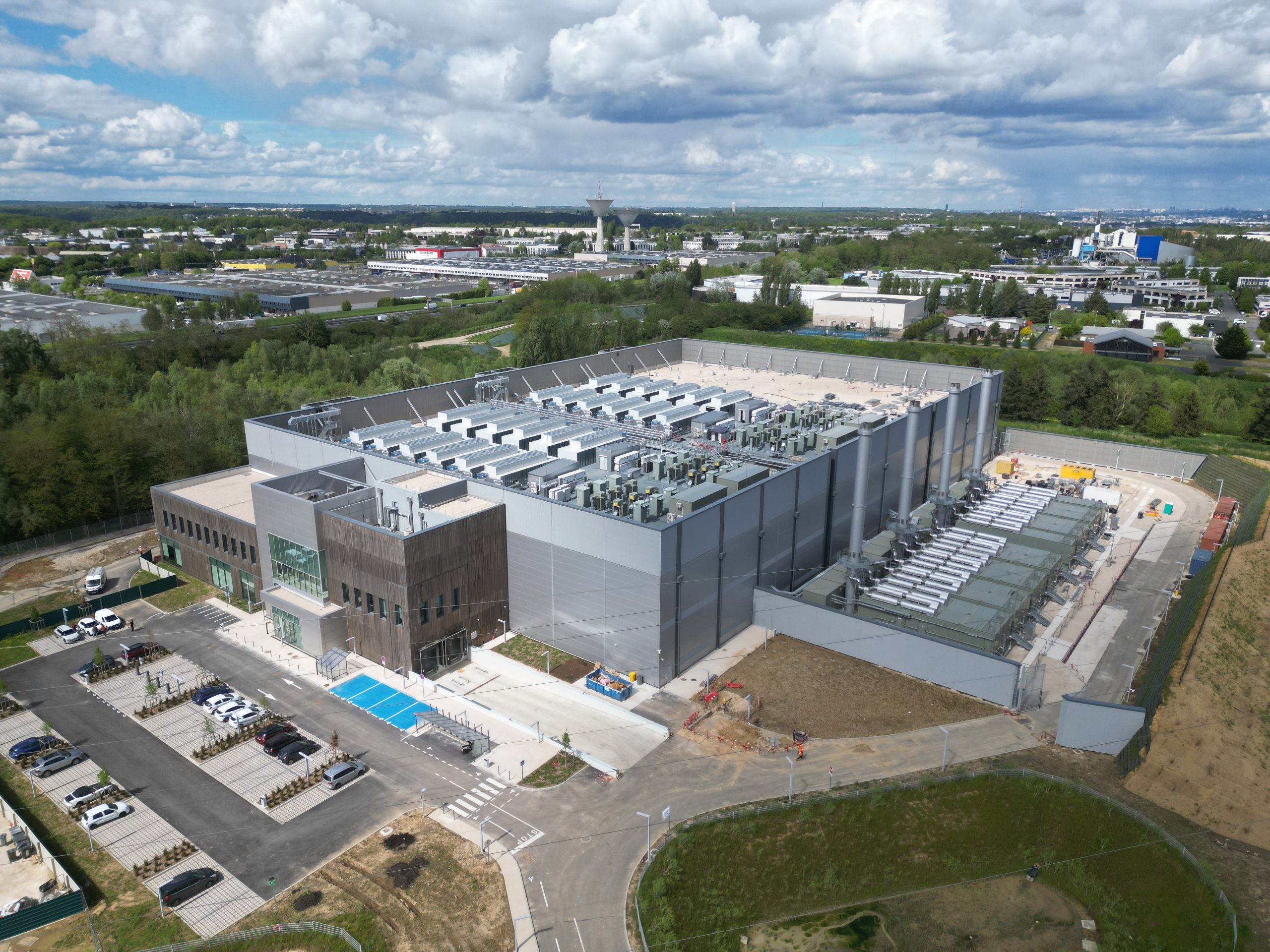- Civil Engineering
Scope
Underground substation Waldegg: Swissgrid is planning a new underground substation together with ewz.
From here, the electricity will flow into the city of Zurich. The substation will be built underground to minimize the impact on the landscape and visibility for the neighbouring residential area. Planning and construction of the new Waldegg substation building including access roads and ancillary structures as well as the cable entries. The structure will be sunk approx. 20 m into the ground. The construction costs are around CHF 200 million. suisseplan is responsible for the structural design (BIM).
Connecting line Kilchberg – Waldegg Swissgrid 220 KV line: The new cable will be built underground alongside the highway. It will then be routed through the pipe blocks created during the construction of the two tunnel tubes of the Uetliberg tunnel and then further underground in a two-kilometer-long tunnel to the Waldegg substation. In order to increase the security of electricity supply to the city of Zurich and the left bank of Lake Zurich, the southern connection from Samstagern and Obfelden to Waldegg is being upgraded to a 220-kilovolt line. On behalf of Swissgrid, suisseplan – as part of the KiWa220 engineering consortium (ILF Switzerland, Boess) – has been responsible for planning the section from Kilchberg to Waldegg since June 2022. In the first project section, the pipeline will be laid underground along the highway. From Frohalp near Zurich Manegg station, it can be pulled into the existing pipe blocks of the two tunnel tubes of the Uetliberg tunnel. In the third section of the project, a new 2 km long energy tunnel with a diameter of approx. 4 m will be built to provide access to the Waldegg substation.
Approach
The entire route was examined in detail with all stakeholders and redesigned, particularly in the area influenced by the highway. Several trenchless crossings simplified the project for local residents and the environment. By using 2D/3D GIS models, the entire work process for rights of way and land management could be automated. The connection to the effective planning tools ensured that the planning was always up-to-date and mirrored in the GIS system. The new tunnel of approx. 2.5 km is currently being continuously coordinated with the underpass project. In civil engineering, automated trench profile applications are currently being prepared for the tendering phase in order to have the quantity controls available at all times.


Outcome
The substation and routing project is currently being prepared for the approval phase and a further optimization phase. Thanks to the far-sighted planning, the project is already well advanced in terms of content.













